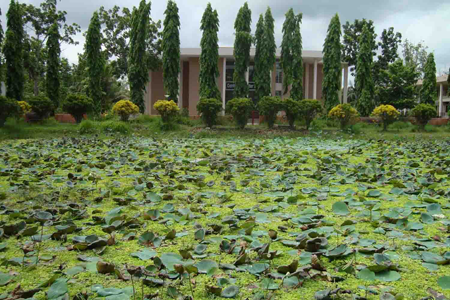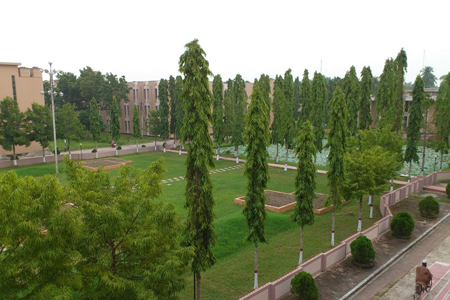Institute of Disaster Management (IDM)
Khulna University of Engineering & Technology
Welcome to IDM
Many countries of the world are frequently struck by adverse natural phenomena. The magnitude and severity of disasters caused by them in the Asian developing countries including Bangladesh are more alarming. The Yokohama message emanating from the international decade for natural disaster reduction in May 1994 underlined the need for an emphatic shift in the strategy for disaster mitigation. It was inter-alia stressed that disaster prevention, mitigation; preparedness and relief are four elements which contribute to and gain, from the implementation of the sustainable development policies. These elements along with environmental protection and sustainable development, are closely inter related. Therefore, nations should incorporate them in their development plans and ensure efficient follow up measures at the community, sub-regional, regional, national and international levels. The Yokohama Strategy also emphasized that disaster prevention, mitigation and preparedness are better than disaster response in achieving the goals and objectives of vulnerability reduction. Disaster response alone is not sufficient as it yields only temporary results at a very high cost. Prevention and mitigation contribute to lasting improvement in safety and are essential to integrated disaster management.

KUET Sign Mark

Garden In Front Of Administration Building

Liberation War Sculpture

3rd Convocation 2018

KUET Podmo Pukur

Waterlily

KUET Campus
A disaster is an unexpected accident resulting from natural or man-made factors (or a combination of both) that has a negative impact on the daily lives and living conditions of humans and flora/fauna. There are different types of disasters that have a high impact. Natural disasters include floods, droughts, earthquakes, cyclones, hurricanes, tornadoes, typhoons, landslides, fire hazard, volcanic eruptions etc. Man-made disasters can include collapse of mass structures for improper construction, chemical accidents, oil spills, radiological accidents, conflicts/wars, mass population displacement or refugee emigration, forest fires etc..
The high density of cities and human settlements make them particularly venerable to disasters and hazards. Not a week goes by without news of a disaster, natural or man-made, effecting huge losses on humans and the environment as a whole. Disasters are becoming more complex, where a range of multiple factors in the social, cultural, local and natural spheres are increasing the risks associated with disasters.
Degree Offered
Departments of different faculty
Details »
Admission Requirements
To view Admission Requirements
Details »
Admission Guideline
To know the Guidelines click on Details
Details »